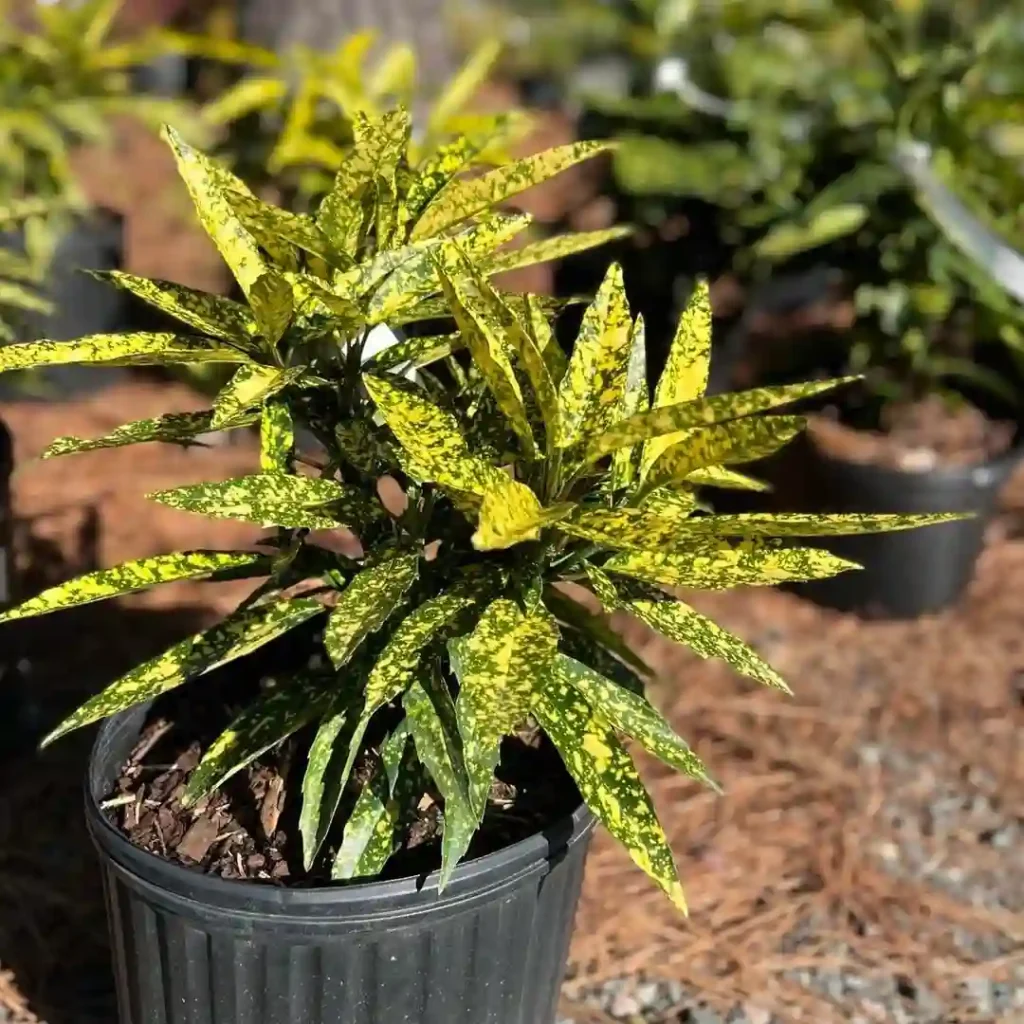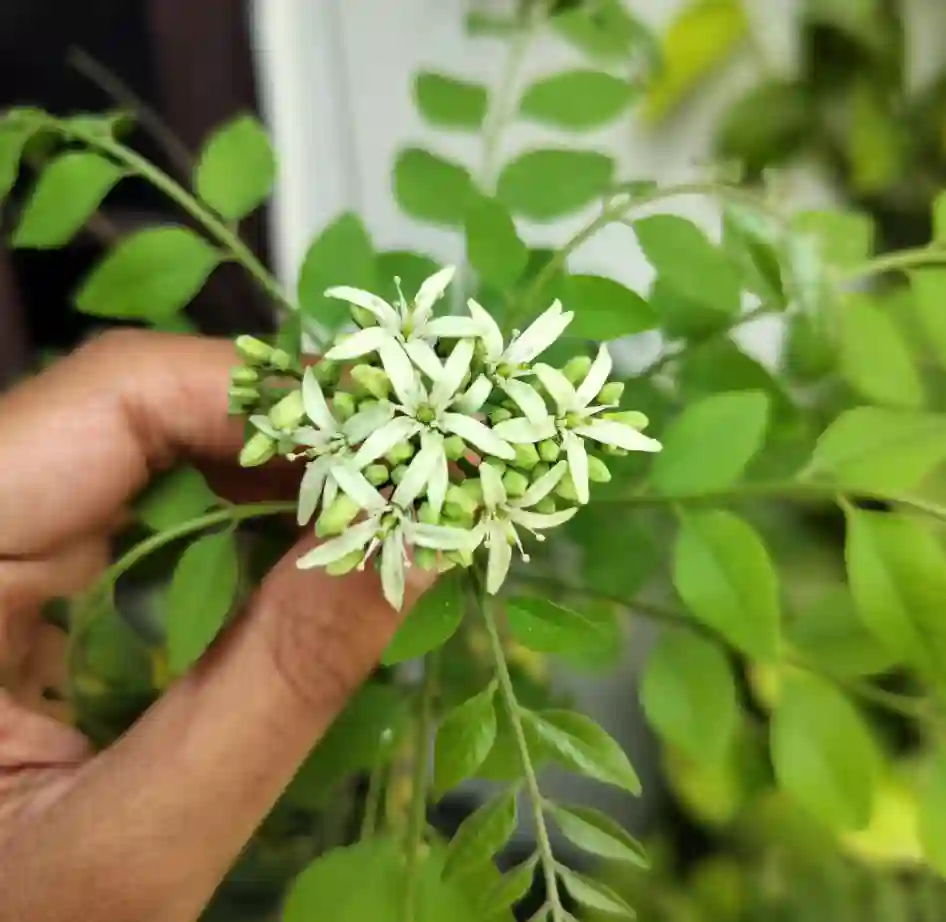What is Ficus Aurea?
As a plant enthusiast, I’m constantly drawn to the unique and fascinating. Enter the Ficus aurea, also known as the Florida strangler fig, golden fig, or higuerón. This tropical evergreen isn’t your average houseplant. With its impressive size, aerial roots, and strangling habits, it’s a conversation starter for any indoor jungle. But before you rush out and snag one, there’s a crucial step: proper identification.
880 Species in Genus Ficus
Ficus Nitida vs. Ficus Aurea
The world of Ficus is vast, and two look-alikes can easily cause confusion: Ficus nitida and Ficus aurea. Both boast glossy green leaves, but a closer look reveals their subtle differences. Ficus nitida, the Indian Laurel Fig, has smaller, more oval leaves with a pointed tip. Its veins are less prominent, and the overall texture feels smoother. Ficus aurea, on the other hand, sports larger, more elliptical leaves with a blunt or rounded tip. Its veins are more pronounced, and the leaf surface feels slightly rougher.
Another giveaway is leaf size. Ficus nitida typically boasts leaves around 2-4 inches long, while Ficus aurea can reach 5-8 inches. If you have a young plant, size might not be a reliable indicator yet. Still, pay close attention to the leaf shape, tip, and texture for a more accurate guess.
Ficus Citrifolia vs. Ficus Aurea
Another contender in the Ficus look-alike game is Ficus citrifolia, the Miramir fig. While both share some similarities with Ficus aurea, key differences exist. Ficus citrifolia boasts the largest leaves among the three, often exceeding 8 inches. Its leaves are also more obovate, meaning they’re wider at the tip than the base. Additionally, Ficus citrifolia has a prominent midrib on the underside of its leaves, a feature less noticeable in Ficus aurea.
Ficus Aurea vs Ficus Benghalensis
I’ve found Ficus Aurea to be more forgiving with varying light conditions, whereas Ficus Benghalensis seems to thrive best when I can give it bright, indirect sunlight consistently.
How to care for Ficus Aurea?
Once you’ve confirmed your Ficus aurea, it’s time to create a thriving environment. This isn’t a fussy plant, but understanding its needs is key.
Light: Ficus aurea craves bright, indirect sunlight. South-facing windows are ideal, but consider using sheer curtains if the sun gets too intense. Avoid placing it in constant direct sunlight, which can scorch the leaves.
Water: Consistent moisture is crucial, but avoid soggy soil. Water deeply when the top inch of soil feels dry to the touch. During winter, reduce watering frequency.
Humidity: Mimicking its tropical origins, Ficus aurea appreciates high humidity. Grouping it with other plants or using a humidifier can help.
Propagation: Spreading the love of Ficus aurea is easy! Take stem cuttings with a few leaves and nodes. Dip the cut end in rooting hormone and plant it in moist potting mix. Maintain consistent moisture and warmth, and soon you’ll have a new strangler fig on your hands.
Unveiling the Majesty of the Strangler Fig
The Ficus aurea isn’t just a beautiful plant; it’s a conversation starter. Its aerial roots, which dangle towards the ground, are a testament to its strangling nature. In the wild, these roots eventually engulf host trees, giving the Ficus aurea its intriguing name.
What to Plant With: While Ficus aurea can stand alone, it pairs well with other low-light tolerant plants like Philodendrons or Snake Plants.
Potential Challenges: Like any plant, Ficus aurea has its challenges. Watch out for common houseplant pests like mealybugs and scale. Regular inspection and treatment with insecticidal soap can keep them at bay.
The Ficus aurea is a plant that rewards patience and understanding. With proper care, this unique strangler fig will add a touch of the tropics and a captivating conversation piece to your indoor jungle. So, embrace the challenge and witness the majesty of the Ficus aurea unfold.
If i die, water my plants!



